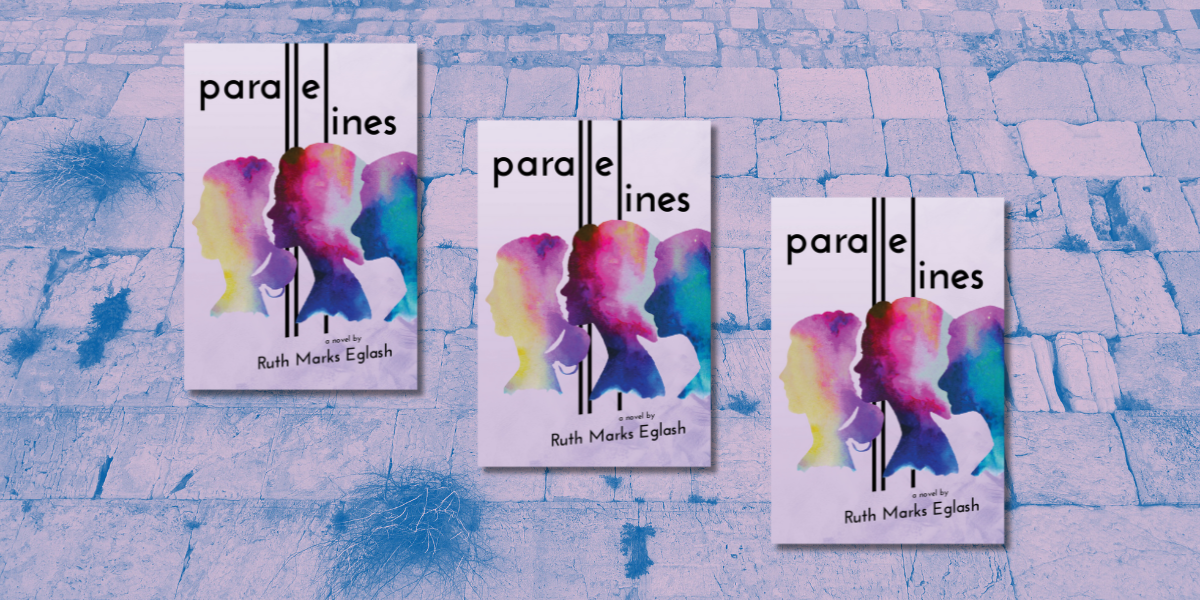Books
‘Parallel Lines’
Parallel Lines
By Ruth Marks Eglash (Black Rose Writing)
British-born journalist Ruth Marks Eglash raised three children in Jerusalem during her time as a reporter and editor for The Jerusalem Post, and later as Jerusalem correspondent for The Washington Post. During the “stabbing intifada,” a wave of violence that erupted in 2015, her children were teenagers, and Eglash struggled to reformat the stories she’d been reporting about the attacks to answer the questions they were asking. Parallel Lines, her first novel, grew from that pressing need. The book, targeted to young adults, explores the conflicts between Jews and Arabs as well as the tensions between secular and religious Jews.
The plot revolves around three teenage girls living in Jerusalem, each leading distinctly separate lives that never intersect—until they meet through a series of traumatic events.
Tamar, a secular Jew, grapples with anti-Arab vitriol at her school while unexpectedly falling for her Arab friend, Ami. Meanwhile, Nour, a Palestinian from East Jerusalem, finds solace in her father’s calming words after a harrowing encounter with Jewish troublemakers in the Old City, where an Israeli soldier comes to her rescue.
“You need to learn to judge people for who they are, not what they are, and don’t be fooled by outer appearances,” her father, a pharmacist at Hadassah Hospital Ein Kerem, tells her. “It’s the inner light that counts.” Her brother and cousin, however, are becoming more radicalized against Israel and the Jews.
Rivki, who is ultra-Orthodox, meets secular teens during a brief hospitalization at Hadassah Hospital Ein Kerem and worries about returning to the restrictions of her insulated life. As the novel unfolds, these young women navigate a turbulent landscape marked by political unrest, acts of terrorism and moments of compassion that highlight the rich tapestry of Jerusalem’s diverse communities.
Indeed, riding the light rail to school and while doing errands, all three observe the lives of their fellow Jerusalemites. “The hefty border police officer…was regularly seen guarding the gates of the Old City,” Tamar muses about her fellow passengers. “The Haredi lady with the oversized crooked hat worked at Strauss’s Bazaar.” She never speaks to any of them, but they are “as recognizable to her as Jerusalem’s iconic landmarks.”
If the city itself is the fourth central character, then Hadassah Hospital Ein Kerem, where diverse patients and staff intermingle, is a fifth. At Hadassah, the distance between the titular parallel lines—a term that refers to the Jerusalem light rail as well as to the experiences of the three girls—narrows as the girls become friends.
This is a classic YA coming-of-age story combined with the anguish and opportunity of life in Jerusalem. All three girls are well-developed characters with compelling stories. Their struggles to speak out for what they think is right while navigating peer pressure is a universal theme. Eglash allows her characters to speak their truths as they grow and learn. Both young readers and adults can gain insight from their stories.
Elizabeth Edelglass is a fiction writer, poet and book reviewer living in Connecticut.











 Facebook
Facebook Instagram
Instagram Twitter
Twitter
Leave a Reply